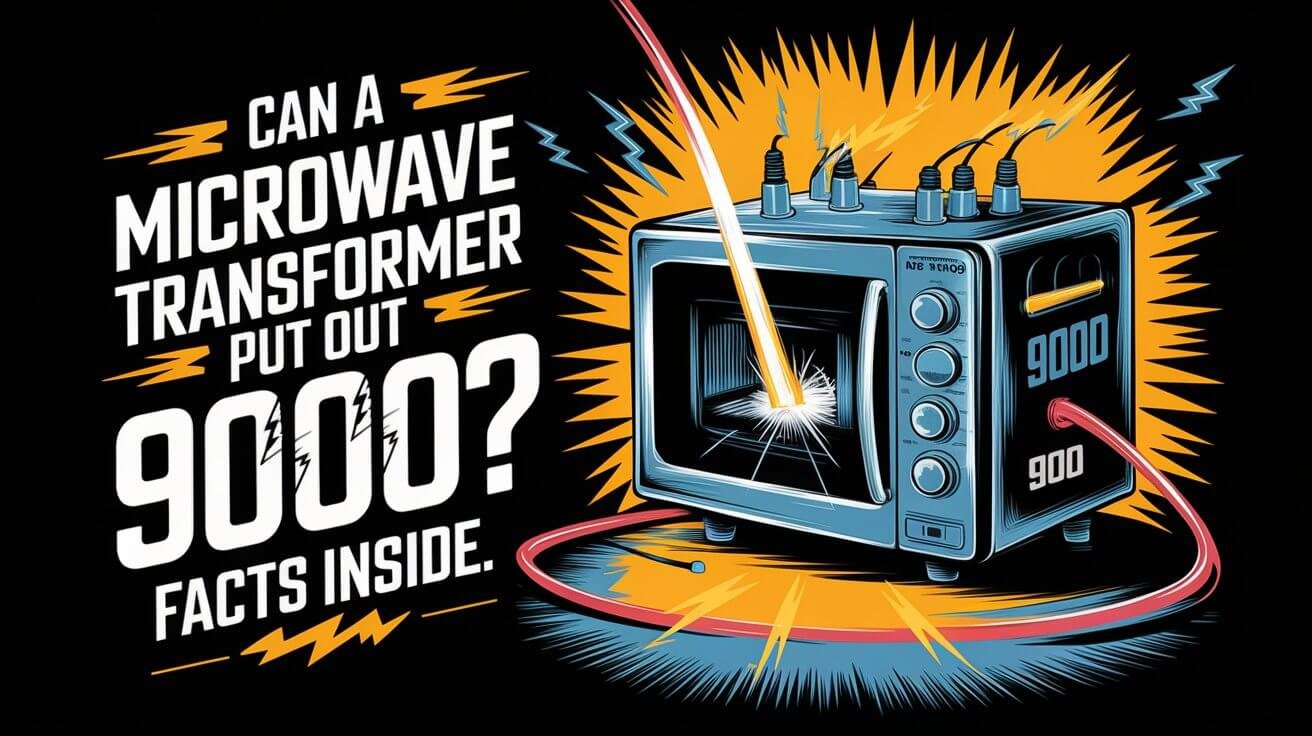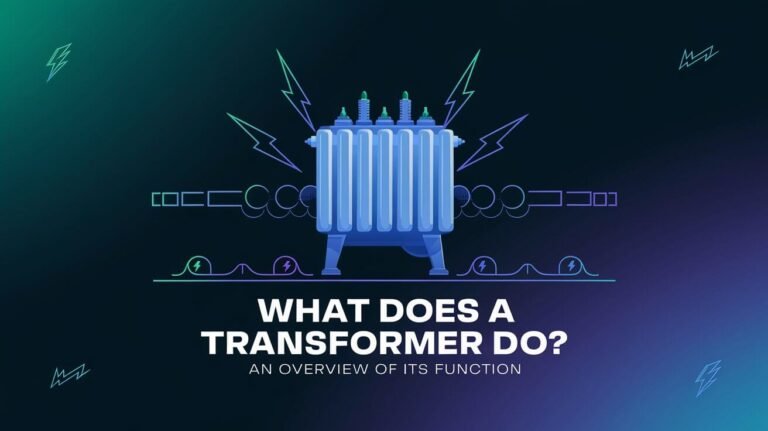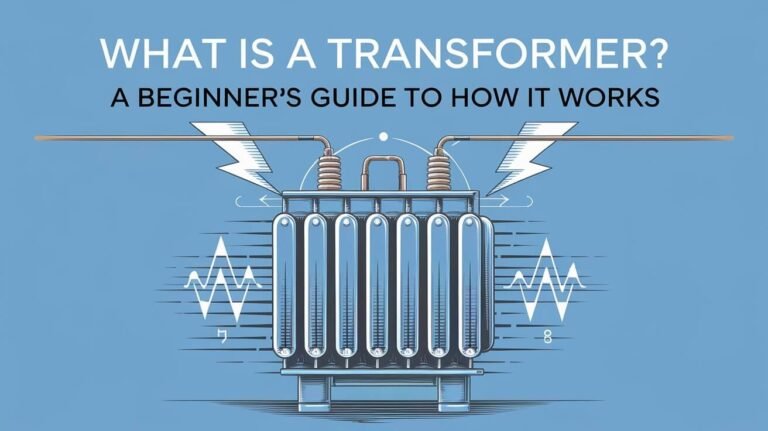
Microwave transformers are made to create high voltage outputs. They usually produce between 2000 volts and 0.5 amps. But, can they go as high as 9000 volts? This is important for using them in different projects that need high voltage.
High voltage transformers, like those in microwaves, are key in changing low voltage inputs to high voltage outputs. The voltage output of a microwave transformer is very important. It can reach 2000 volts and 0.5 amps. This makes them useful for many projects that need high voltage transformers.
Microwave Transformer Fundamentals
Microwave transformers work by electromagnetic induction, just like regular transformers. This lets them efficiently move energy between the primary and secondary coils. Knowing how transformers work is key to making microwave transformers.
These transformers can have different output ranges, depending on their use and design. But, they usually make high voltage outputs, often thousands of volts. The main parts are the primary and secondary coils and the core material, which helps the magnetic field flow.
Basic Operation Principles
The basic idea behind microwave transformers is electromagnetic induction. This happens when current flows through the primary coil. It creates a magnetic field that makes a voltage in the secondary coil.
Standard Output Ranges
The output ranges of microwave transformers vary. But, most are made to produce high voltages. The design, including the coil turns and core material, decides the output range.
Core Components
The core parts of a microwave transformer are the primary and secondary coils and the core material. The primary coil is a thick wire, and the secondary coil is thinner. The core material, usually ferrite, helps the magnetic field flow.
| Component | Description |
|---|---|
| Primary Coil | Thick wire, typically 10AWG |
| Secondary Coil | Thin wire, typically 23AWG |
| Core Material | Ferrite material |
Voltage Output Capabilities of Microwave Transformers
Microwave transformers work within certain voltage ranges. Most have an output of 2000 volts and about 0.5 amps. Knowing the transformer’s voltage is key to its performance.
Making changes, like using a full-wave voltage doubler, you can boost the voltage. But, it’s important to know the limits to avoid damage. The voltage and output limits are closely linked, and understanding them is vital.
| Transformer Type | Voltage Output | Amperage |
|---|---|---|
| Microwave Oven Transformer (MOT) | 2000 volts | 0.5 amps |
| Neon Sign Transformer | 9000-15000 volts | 35 milliamps |
| Oil Burner Transformer | 10,000 volts | 23 milliamps |
The voltage output of microwave transformers is key to their safe use. Knowing the voltage and output limits is essential for efficient and safe operation.
Safety Protocols for High Voltage Transformers
Working with high voltage transformers is very dangerous. It can cause severe injury or even death. It’s vital to follow safety rules to stay safe.
Employers must teach their workers about safety. This includes how to handle high voltage transformers safely. Knowing the risks helps prevent accidents.
Some key safety steps for high voltage transformers are:
- Regular risk assessments to find and fix hazards
- Wearing personal protective equipment (PPE) for safety
- Learning emergency plans, like what to do in electrical shocks or fires
- Using lockout/tagout to avoid accidents from unexpected starts
Sticking to these safety steps, employers can make their workplaces safer. This protects their employees from the dangers of high voltage transformers.
| Safety Protocol | Description |
|---|---|
| Risk Assessment | Conduct regular risk assessments to identify and fix hazards |
| PPE | Give personal protective equipment to workers with high voltage transformers |
| Emergency Procedures | Teach workers how to handle emergencies, like electrical shocks or fires |
Can A Microwave Transformer Put Out 9000 Volts: Technical Analysis
Many fields, like engineering and research, are interested in microwave transformers. They want to know if these devices can produce high voltages. The IEEE Microwave Theory and Technology Society (MTT-S) has over 9,000 members worldwide. This shows a big interest in microwave technology.
The voltage a microwave transformer can produce depends on its design. For tightly coupled transformers, the voltage changes with the turns ratio. This is key to understanding how to modify them for higher voltages.
In electrofishing, the voltage and amperage are very important. The voltage can range from 600 Vpeak to 1000 Vpeak, and up to 700 Vrms (AC). Higher voltages can reach deeper into the water, even in low conductivity areas.
Some important points for making microwave transformers produce high voltages include:
- Knowing the limits of standard microwave transformers
- Looking into the theoretical possibilities of high voltages
- Examining the challenges and solutions for modifying transformers
To see if a microwave transformer can output 9000 volts, we need to understand its modification and impact on voltage. By looking at the design, configuration, and use of these devices, we can explore their capabilities and limits.
| Parameter | Range | Impact |
|---|---|---|
| Maximum Output Average Power | 1,700 Watts to 9,000 Watts | Extends the range of water conductivities that can be effectively electrofished |
| Voltage Controls | 600 Vpeak to 1000 Vpeak direct pulsed current, and up to 700 Vrms (AC) | Extends effective fishing range into lower water conductivities |
| Amperage | 10 amps to over 75 amps | Extends effective fishing range into higher conductivity waters |
Modification Requirements for Higher Outputs
For those aiming to increase microwave transformer outputs, modifications are needed. This includes rewinding the transformer, a task that requires careful material and technique selection. High voltage modification is complex, needing a solid grasp of the underlying principles and risks.
Modifying a transformer for higher outputs involves several key factors. Material choice is critical, as it impacts performance and safety. The rewinding technique also plays a role in efficiency and reliability.
Rewinding Techniques
Transformer rewinding means removing the old winding and adding a new one for higher voltage. This process must be done with precision to ensure safe and efficient operation. It also requires attention to insulation and cooling systems to avoid overheating and electrical discharge.
Material Requirements
The materials used in transformer rewinding and high voltage modification are essential. High-quality copper wire, for example, reduces energy loss and boosts efficiency. Insulation materials must also be chosen carefully to prevent electrical discharge and ensure safety.
| Material | Properties | Applications |
|---|---|---|
| Copper Wire | High conductivity, low energy loss | Transformer rewinding, high voltage modification |
| Insulation Materials | High dielectric strength, low thermal conductivity | Transformer rewinding, high voltage modification |
Power Supply Considerations
When working with high-voltage transformers, it’s key to think about the power supply needs. The power supply must handle the high voltage needs of the transformer. For instance, a 9 KVA transformer needs almost 38 amperes of current at 240 volts.
The electrical needs, like input voltage and current, are very important in system design. Knowing these needs is critical for safe and efficient transformer use. The power supply must be made to meet these needs, focusing on the high voltage needs of the transformer.
| Transformer Rating | Input Voltage | Current Demand |
|---|---|---|
| 9 KVA | 240 volts | 38 amperes |
Designing the power supply also looks at the transformer’s frequency. Boosting the frequency can cut down on magnetization current, boosting efficiency. But, picking the right frequency is essential for the best performance.
Common Applications and Use Cases
High voltage transformers have many uses, from industrial processes to research projects. In factories, they power tools like plasma cutters. These tools need a high voltage to work well.
For example, plasma cutters run at about 140 volts when idle. But, they drop to around 90 volts while cutting.
They are also used in places needing a high voltage, like in stick/TIG welders. These welders have an open-circuit voltage of about 80 volts. But, this is not enough for plasma cutting, which needs over 200 volts.
So, industrial transformers are used to increase the voltage. This makes sure the equipment works right.
Industrial Applications
Some examples of industrial uses for high voltage transformers include:
- Plasma cutting
- Stick/TIG welding
- Industrial microwave processing
Research Projects
High voltage transformers are also used in research. This includes projects with high-energy particle accelerators or advanced materials processing. These projects need high voltage outputs to power their equipment and run experiments.
| Application | Voltage Requirement |
|---|---|
| Plasma cutting | 200-250 volts |
| Stick/TIG welding | 80-100 volts |
| Industrial microwave processing | 220-240 volts |
Risk Factors and Limitations
Working with high voltage is very dangerous. It can lead to serious injury or even death. A detailed risk assessment is key to spotting dangers and taking safety steps. Wearing protective gear and following rules can help avoid high voltage risks.
Some major risks with high-voltage transformers include:
- Electrical shock and arc flash hazards
- Physical dangers from moving parts and heavy equipment
- Potential for equipment damage and malfunction
It’s vital to have experts and safety measures ready when dealing with high-voltage transformers. Following national guidelines, like those from the International Commission on Non-Ionizing Radiation Protection (ICNIRP), helps reduce exposure to harmful fields.
Closing Summary
Microwave transformers can create incredible voltages, up to 9,000 volts or more. But, using this power safely is key. The high voltage safety steps we talked about are vital when working with these microwave transformer capabilities.
The excitement of using high-voltage applications is real. They’re used in many fields, from industry to research. But, we must always be careful and follow safety rules.
Exploring microwave transformer capabilities is an ongoing adventure. New discoveries and uses keep coming. It’s important to stay updated, follow safety guidelines, and treat this technology with care.
Answered Questions
Can a microwave transformer put out 9000 volts?
This section will look into if a microwave transformer can reach 9000 volts. We’ll check the physical and electrical limits of these transformers. We’ll also talk about the chances of getting such high voltages.
How do microwave transformers work?
This section will explain how microwave transformers function. We’ll cover their usual output ranges and the parts that make them up.
What are the voltage output capabilities of microwave transformers?
This section will discuss what voltage microwave transformers can handle. We’ll look at why they’re made for certain voltages and what changes are needed for more.
What are the safety protocols for working with high voltage transformers?
This section will talk about safety when working with high voltage transformers. We’ll cover the gear you need, safety in the workplace, and what to do in emergencies.
What are the modification requirements for achieving higher voltage outputs from microwave transformers?
This section will explain how to get more voltage from microwave transformers. We’ll discuss rewinding and the materials needed. We’ll focus on the technical side and the risks of changing transformers.
What are the power supply considerations for operating high-voltage transformers?
This section will look at what’s needed to power high-voltage transformers. We’ll talk about the electrical needs, like input voltage and current. We’ll see how these affect the system design.
What are the common applications and use cases for high-voltage transformers?
This section will explore where high-voltage transformers are used. We’ll look at industrial settings, research, and the technical limits of their use.
What are the risk factors and limitations associated with high-voltage transformers?
This section will give a detailed look at the dangers of high-voltage transformers. We’ll focus on the physical and electrical risks, and the chance of damage to equipment.




